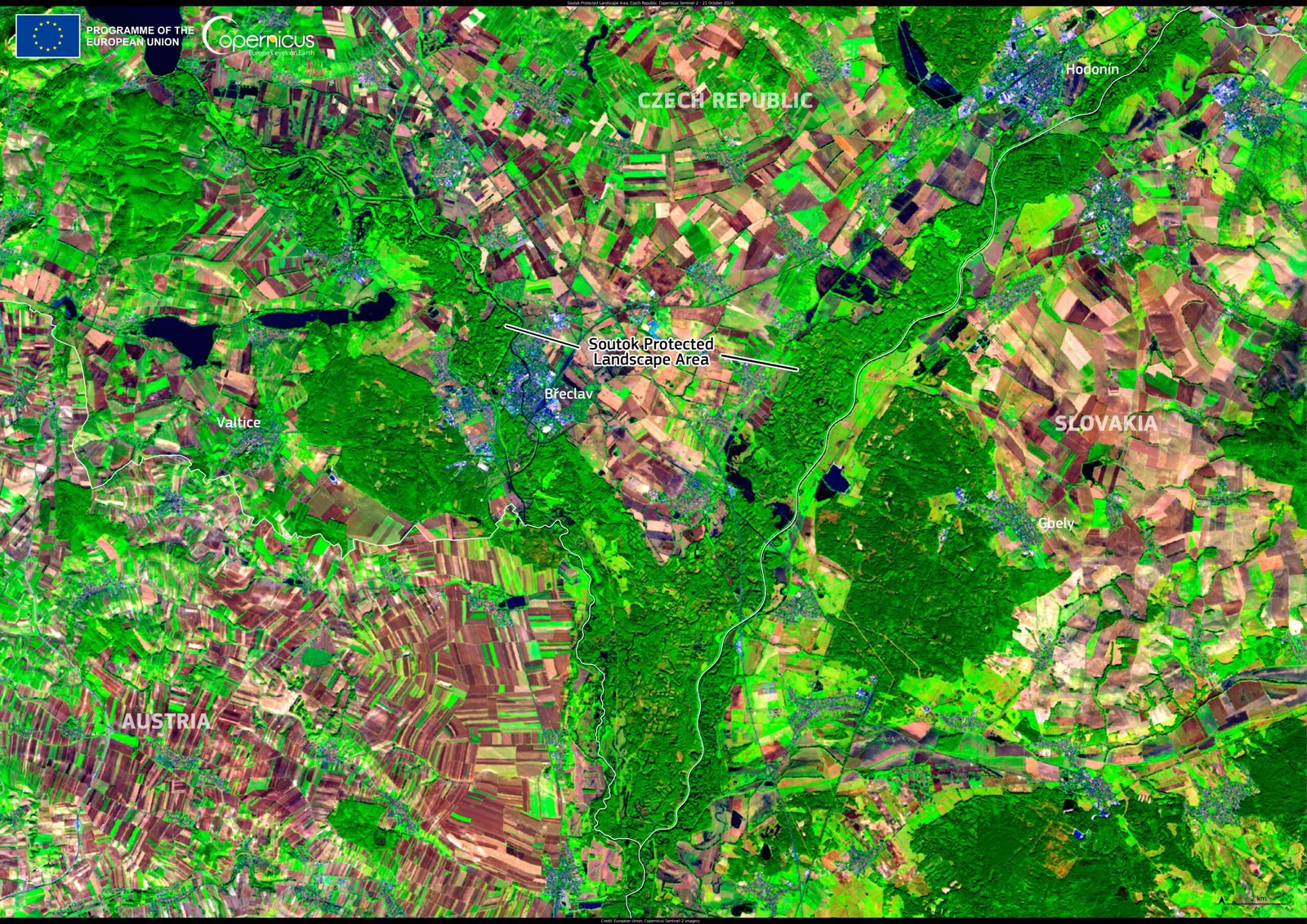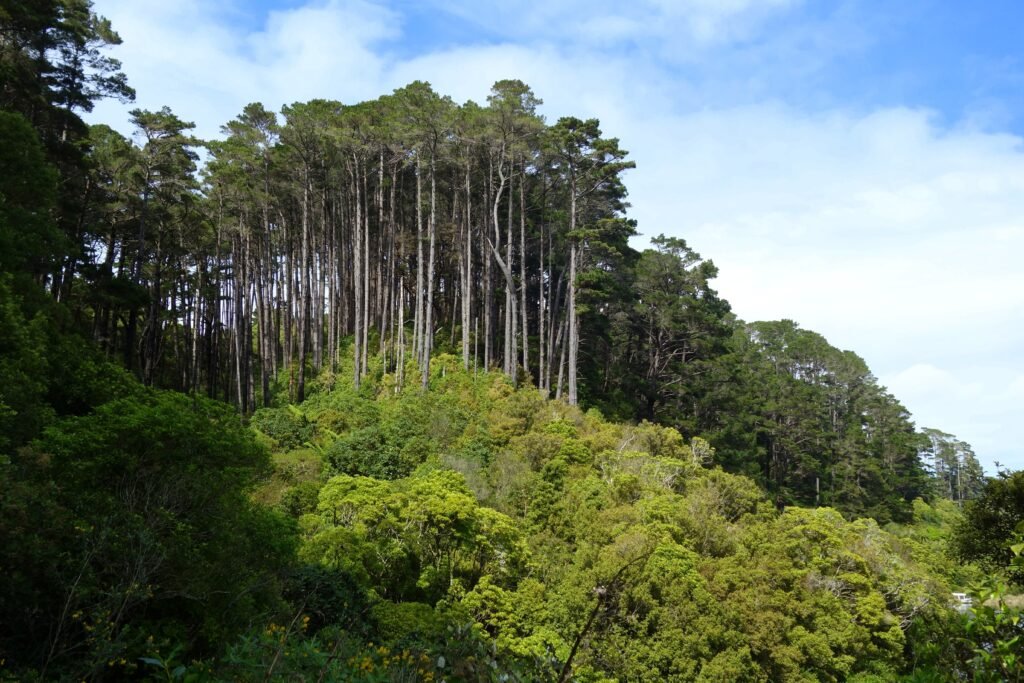The mysterious world beneath our feet is teeming with life and activity that most of us are unaware of. While we often admire the beauty and majesty of towering trees and lush forests, the true wonder lies in the intricate web of communication that exists underground. Through a complex symbiosis between trees and fungi, a hidden network thrives, reminiscent of the internet we use above ground. This underground “wood wide web” is not only fascinating but crucial to the survival and health of our forests. Let’s embark on a journey to uncover the secrets of this subterranean network and explore the intelligence of plants.
The Roots of Connection: A Symbiotic Bond
At the heart of this underground network are the roots of trees and fungi, which form a symbiotic relationship known as mycorrhiza. This partnership is mutually beneficial: the fungi receive carbohydrates produced by the trees through photosynthesis, while the trees gain essential nutrients like phosphorus and nitrogen that the fungi extract from the soil. This exchange of resources is the foundation of their connection, enabling both parties to thrive in environments they might otherwise struggle to survive in. Picture it as a bustling marketplace where goods are traded for mutual benefit.
The Mycelial Network: Nature’s Internet
Imagine an intricate web of fine threads spreading out beneath the forest floor, connecting trees and plants in a vast network. This is the mycelial network, the underground equivalent of the internet. Mycelium, the vegetative part of fungi, acts as the communication highway, transmitting information and nutrients between plants. Just like how we send emails or messages online, trees use this network to share resources and even warnings about potential threats. This communication allows the forest to function as a cohesive unit, with each tree contributing to the collective well-being of the ecosystem.
Fungi: The Silent Communicators
Fungi are often perceived as simple organisms, but they play a crucial role in the underground communication network. Through their mycelial networks, fungi can transmit signals between trees, allowing them to respond to environmental changes and stressors. For example, if one tree is attacked by pests, it can send chemical signals through the mycelium to warn neighboring trees, prompting them to produce defensive compounds. This silent communication demonstrates a level of intelligence and cooperation that challenges our traditional understanding of plant life.
Mother Trees: The Heart of the Forest
In the complex social structure of the forest, certain trees play a more prominent role than others. These “mother trees” act as central hubs in the mycelial network, facilitating communication and resource distribution among other plants. They are often the largest and oldest trees, possessing extensive root systems that connect with numerous smaller trees. Mother trees can recognize their own seedlings and prioritize them when sharing resources, ensuring the survival and growth of their offspring. This maternal behavior highlights the sophistication and interconnectedness of plant life.
Resource Sharing and Cooperation
The underground network promotes resource sharing and cooperation among plants, enabling them to adapt to varying environmental conditions. During periods of drought, for instance, trees in wetter areas can share water through the mycelial network with those in drier parts of the forest. This cooperation ensures the survival of the entire community, as healthy forests are more resilient to natural disasters and climate change. The concept of resource sharing challenges the notion of competition in nature, revealing a complex web of interactions that benefits all members of the ecosystem.
Defense Mechanisms: A Network of Protection

The mycelial network is not only a conduit for nutrients and information but also a means of defense. Trees can communicate with one another about threats such as insect infestations or disease outbreaks. By sending warning signals through the network, trees can activate their defense mechanisms, such as producing toxins or altering their growth patterns to deter attackers. This collective defense strategy is akin to a neighborhood watch program, where members work together to protect one another from harm.
Inter-Species Communication: Beyond Trees

The communication network extends beyond trees to include a variety of plant species, creating a diverse and interconnected ecosystem. Plants of different species can share resources and information through the mycelial network, fostering biodiversity and resilience. This inter-species communication demonstrates the adaptability and intelligence of plants, as they navigate complex relationships to ensure their survival. The interconnectedness of the network highlights the importance of preserving diverse ecosystems, as each species plays a vital role in maintaining the balance of the forest.
The Impact of Human Activity

Human activities such as deforestation, agriculture, and urbanization disrupt the delicate balance of the underground network. The destruction of mycelial networks can lead to reduced nutrient availability and weakened communication among plants, ultimately affecting the health and resilience of entire ecosystems. Understanding the importance of these networks underscores the need for sustainable practices that protect and preserve our natural environments. By recognizing the intelligence and complexity of plant communication, we can make informed decisions that support the long-term health of our planet.
Lessons from the Forest: A Call to Action
The hidden intelligence of plants and their underground communication network offers valuable lessons for humanity. By observing the cooperation and resource sharing among trees and fungi, we can draw parallels to our own lives and communities. The forest teaches us the importance of interconnectedness, collaboration, and resilience in the face of challenges. As stewards of the Earth, it is our responsibility to protect and preserve these natural wonders for future generations. By fostering a deeper understanding and appreciation of the intelligence of plants, we can work towards a more sustainable and harmonious relationship with the natural world.



